Sorry, dads. Even though you might have a hand in the future success of your son or daughter, Procter and Gamble (P&G) doesn't really care.
As made evident by their recent campaign, their target love interest is still their target buyer: moms.
Blanketing NBC's coverage of the Olympics are corporate sponsorships. Among them, Coca-Cola, AT&T, and P&G. All of whom have paid big money for exclusive rights to advertise during primetime commercials, and the millions of us watching "live" and unable to fast-forward through them represent a captive audience of very lucrative eyeballs.
And as we've watched, we've also been tasked. Coke wants us to buy commemorative cans in support of the Olympians. AT&T encourages millennials to strive for their personal best armed with an iPad (equipped with AT&T's proprietary tech of course). P&G wants moms to buy Bounty paper towels.
Yet, awareness and purchase intent are two discrete metrics. Savvy brand marketers know that building the first doesn't guarantee a demand schedule of the latter.
If I am already aware of Tide detergent (a P&G product) what really matters beyond being simply aware is recognition and recall. I'm watching the Olympics right now and I'm watching the commercials. But in three weeks when the in-store (or online) occasion arises for me to re-stock on detergent, will I choose Tide? At my point of purchase, will I be influenced to reach for it over a competitive product?
Brand loyalty is a touchy subject. We all have different levers of importance that dictate what we buy. In some instances, coupons help. In others, coupons don't make a dent.
I have friends who will never drink Pepsi because of their devotion to Coke. And vice versa. Both beverages are carbonated brown sugary drinks, yet not interchangeable commodities for these friends because of each brand's colossal emotional signifiers. Brand attitudes outweigh brand attributes.
When it comes to other products these same friends are more than willing to sever their brand allegiance at the hint of a bargain. Driven by what works and meets their baseline expectations at the lowest cost, they have no qualms with brand hopping. The functional utilitarian benefits of these other products still outweigh their augmented emotional brand offering.
A critical question then seems to be how brands can cross this chasm from the functional into the emotional. It's not a particularly new or provocative question and marketers are constantly scrutinizing the best way to spend their next incremental marketing dollar to achieve this very paradigm. Yet, as consumers remain increasingly cautious of the economy and continue to splinter their brand allegiance for certain products, the business implications of not considering this question are becoming catastrophic.
For some brands, emotion is a supplementary wrapper that helps to solidify the brand's association by serving as an additional component to an already differentiated product. However, for other brands emotion serves as the sole point of differentiation.
When it comes to selling paper towels and detergent, emotion is the marketing message.
P&G knows this and is smartly telling stories tying emotion to their products. And let's be honest, what's more emotional than mom?
Click here to view P&G's Bounty commercial (featuring Shawn Johnson).